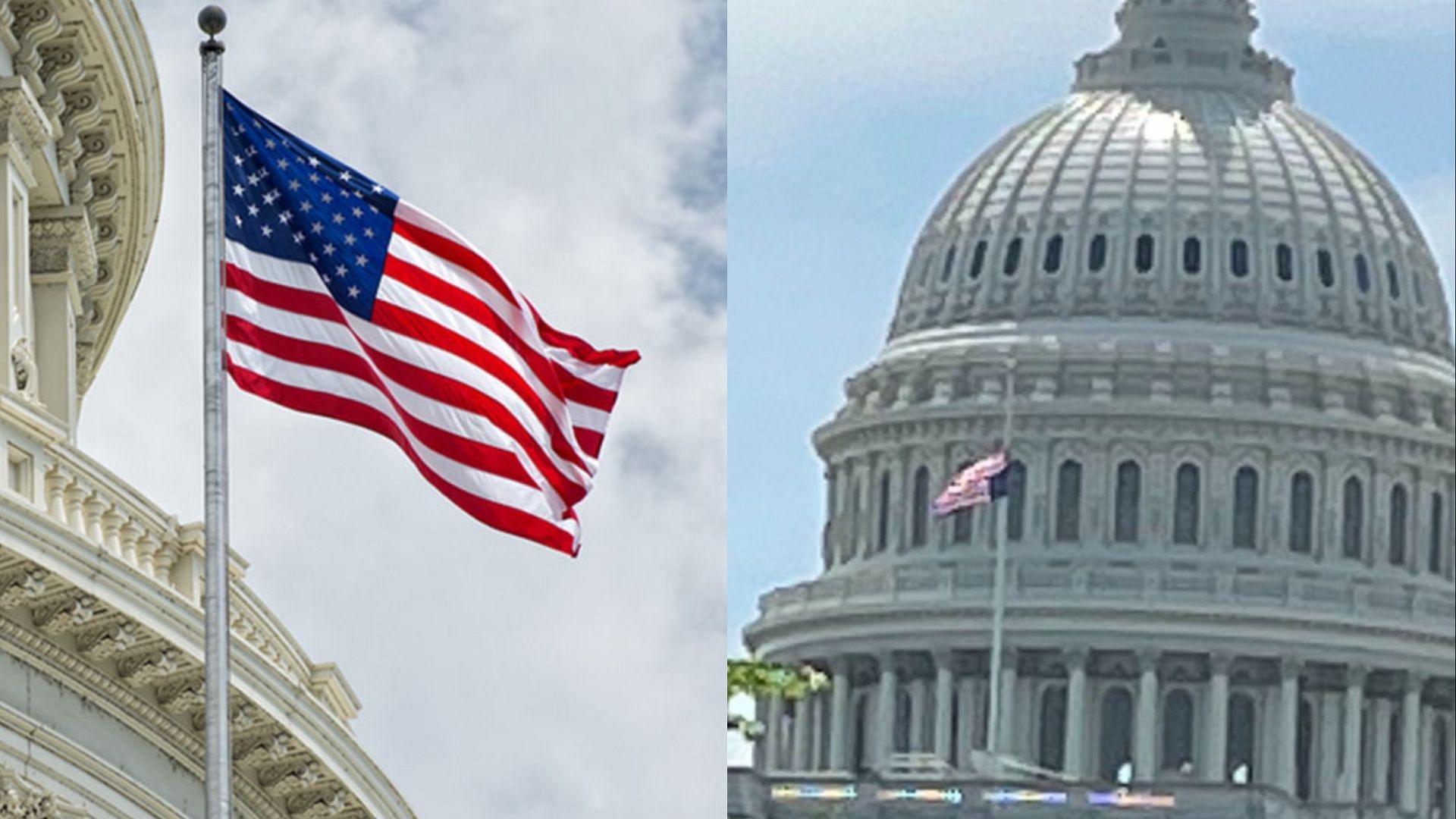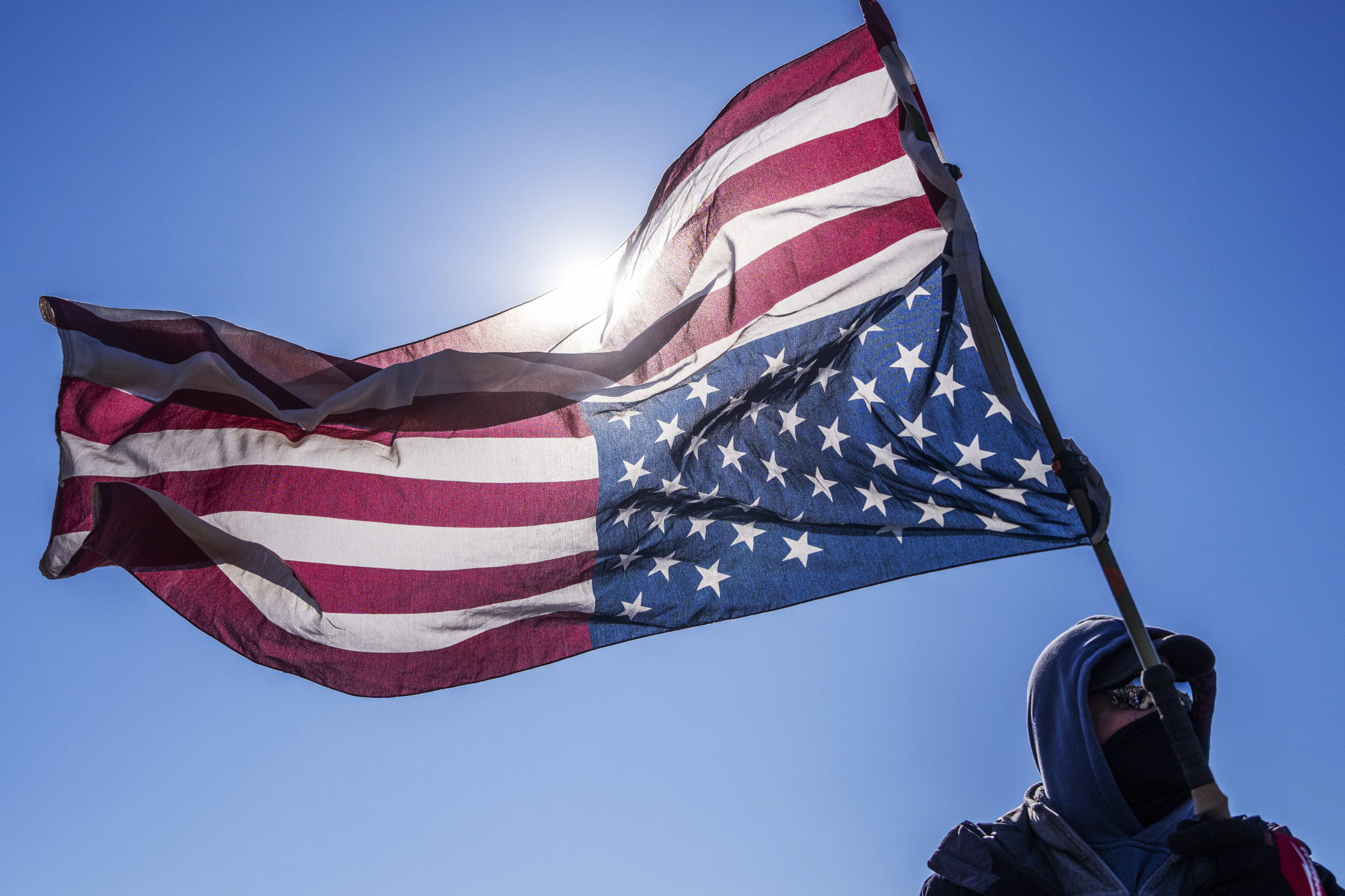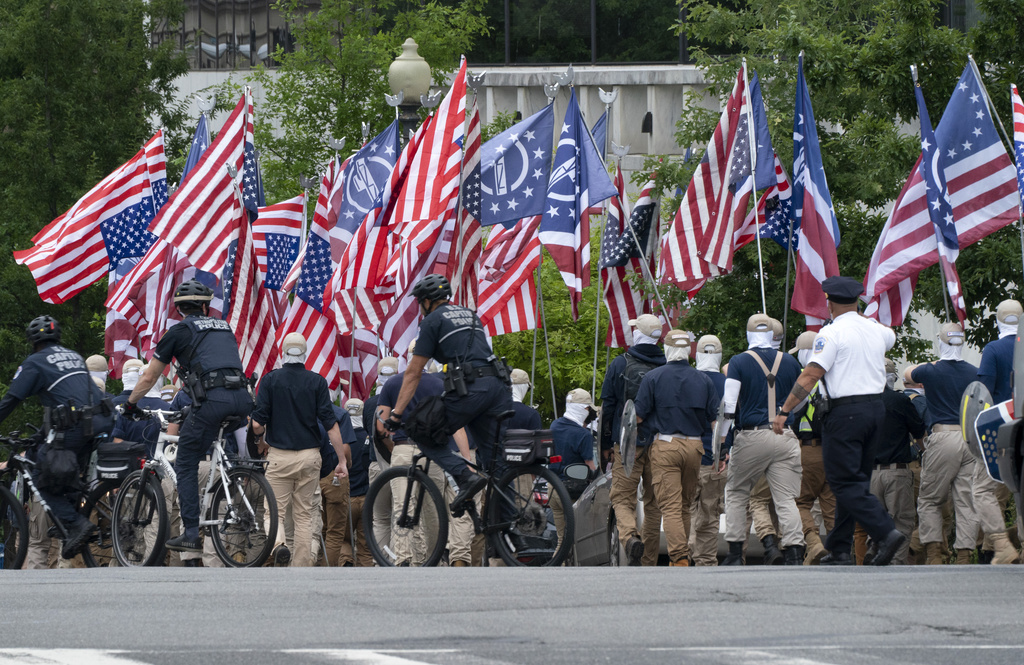What message does an upside-down American flag truly convey, and why does this symbol continue to stir such passionate responses?
The traditional and, in many ways, the most direct meaning of an inverted American flag is a signal of dire distress, a plea for help in a situation where life or property is in imminent danger.
The practice of displaying the American flag upside down is steeped in symbolism and has a complex history. The United States Flag Code, which dictates the proper etiquette for displaying the national flag, specifically addresses this practice. According to the code, the flag should never be displayed with the union down, except as a signal of dire distress in instances of extreme danger to life or property. This provision underscores the gravity of inverting the flag; it is meant to be a desperate cry for assistance.
However, the reality is often more nuanced. While the Flag Code provides a clear directive, the motivations behind displaying an upside-down flag can vary greatly. Individuals may choose to fly the flag in this manner to express their discontent with political decisions, signal a perceived crisis within the nation, or even as an act of protest. This divergence between the intended meaning and the actual use of the symbol is what fuels much of the debate surrounding it.
| The Symbolism of the Inverted American Flag | |
|---|---|
| Traditional Meaning: | Signal of dire distress; a call for help in a life-threatening situation. |
| Other Interpretations: |
|
| Legal Status: | Displaying the flag upside down is not illegal in most cases, except when used with the intent to incite violence or hatred. However, it goes against the U.S. Flag Code, which is not legally binding in all its aspects. |
| Ethical Considerations: |
|
| Historical Context: |
|
The use of the inverted flag as a form of protest is not a new phenomenon. Throughout history, the flag has been used in this way to express discontent with political decisions, to signal a perceived crisis within the nation, or as a form of protest against government policies. This can be seen as a direct challenge to the established order or a desperate plea for change, depending on the context and the intent of the person displaying the flag.
The legal status of flying the flag upside down is also a point of contention. While the Flag Code provides clear guidelines, it's not legally binding in every aspect. This means that, in most cases, it is not illegal to display the flag in this manner, unless it is used with the intent to incite violence or hatred. Nevertheless, the act is often seen as a sign of disrespect, especially when the context does not suggest any actual dire distress. This is a clear example of how the same symbol can be interpreted in multiple ways, depending on the viewers perspective and the surrounding circumstances.
- Dana Perinos Age How Old Is The Fox News Host
- Streameast What You Need To Know About Free Sports Streaming
For those who see the flag as a symbol of national values, displaying it upside down can be perceived as an insult. The proper way to display the American flag is to raise it to the top of the flagpole, with the blue field containing the stars, also known as the union, at the peak. Inverting the flag therefore goes against this standard, thereby suggesting a lack of respect. However, the individual's intent and the specific context must be understood before making assumptions about the motivations behind the action.
When observing an upside-down American flag, one should remember that it is meant to be a distress signal and that it should only be used when life or property are at risk. This is what Title 4 of the U.S. Code clearly explains, and it should be respected. So, if someone sees a flag inverted, they should make an effort to contact local authorities to conduct a welfare check, to ensure that the person is safe. Alternatively, they could choose to contact the person directly and see if they require any support.
The debate about the inverted flag is often complicated by the spread of misinformation, particularly in today's complex media landscape. Various rumors have circulated about the symbol, often misrepresenting the correct protocols or attaching it to false claims. This situation further complicates any attempt to understand the message that the upside-down American flag is intended to convey.
Understanding the background of the inverted flag requires an appreciation of American history and culture. The flag itself is a powerful symbol of patriotism, unity, and national identity. The United States Flag Code details the regulations of displaying the flag, including its proper treatment and reverence. This code serves to protect and respect the symbol of national pride. The flag's symbolism can shift based on its context, highlighting the diverse meanings that individuals and groups assign to it.
The inverted flag is especially evident in moments of social and political unrest, frequently used as a visible form of protest to convey strong feelings of dissent or a need for change. When used as such, it is more than a mere symbol of distress; it also functions as a form of protest, showing solidarity and amplifying the call for public attention. However, this can lead to heated debates on the appropriateness and the actual meaning of the display.
As we've established, flying the American flag upside down is not inherently illegal, but it does go against the Flag Code. The code was originally enacted in 1942. While the flag code provides guidelines and best practices, it does not always carry legal weight.
In conclusion, the meaning of an upside-down American flag is a complicated one, which spans distress signals, political protest, and cultural commentary. It is a symbol that has sparked debate and controversy in the United States. The meaning shifts based on the context and the circumstances of its display. Whether it's a cry for help, a statement of dissent, or a misunderstanding of protocol, the inverted flag encourages a deeper understanding of the nation's history, values, and ongoing struggles.
For further reading and a more detailed understanding of the Flag Code and the display of the American flag, you can refer to the official guidelines and related resources provided by governmental and historical organizations.
Here are some resources for more information:
- American Legion - Flag Code FAQ
- Cornell Law School - U.S. Code Title 4, Chapter 1 - The Flag
- U.S. History.org - The Etiquette of the American Flag
- Ed Skreins Wife Facts Insights What You Should Know
- Lamar Jackson Jaime Taylor All You Need To Know About Their Relationship


